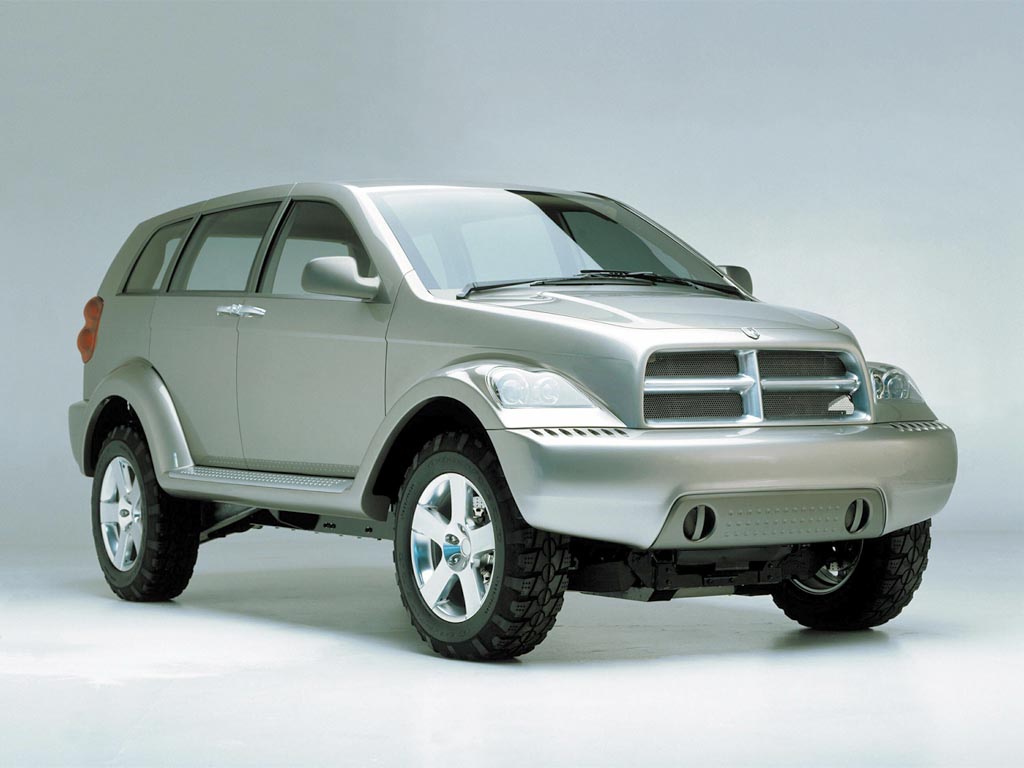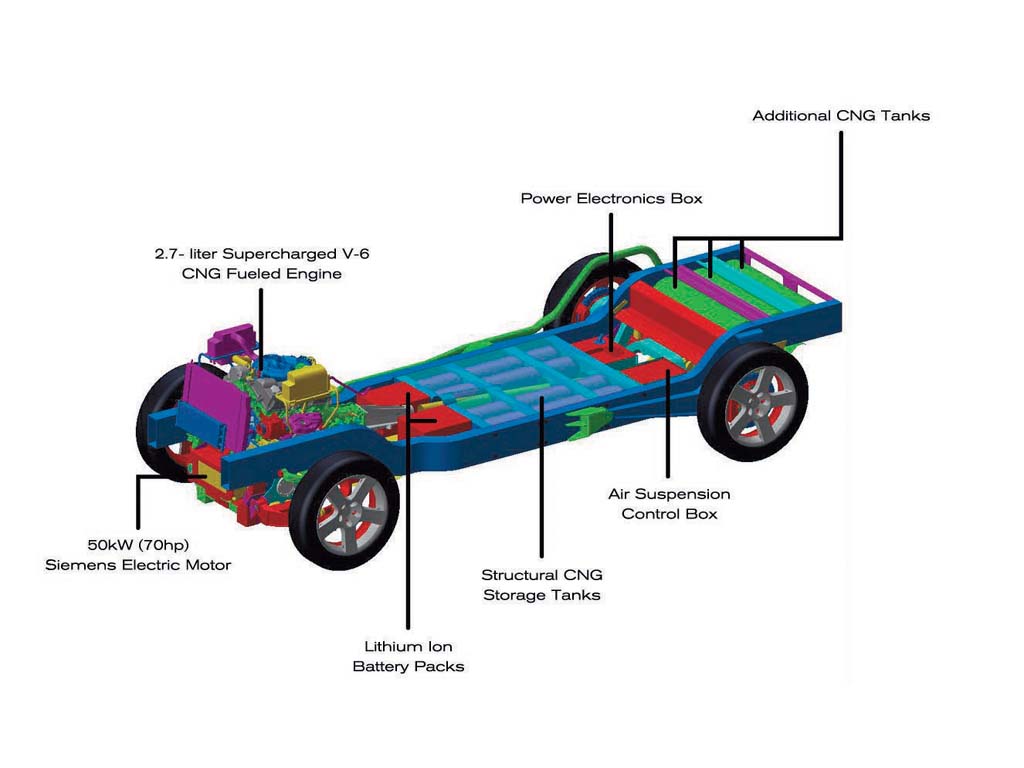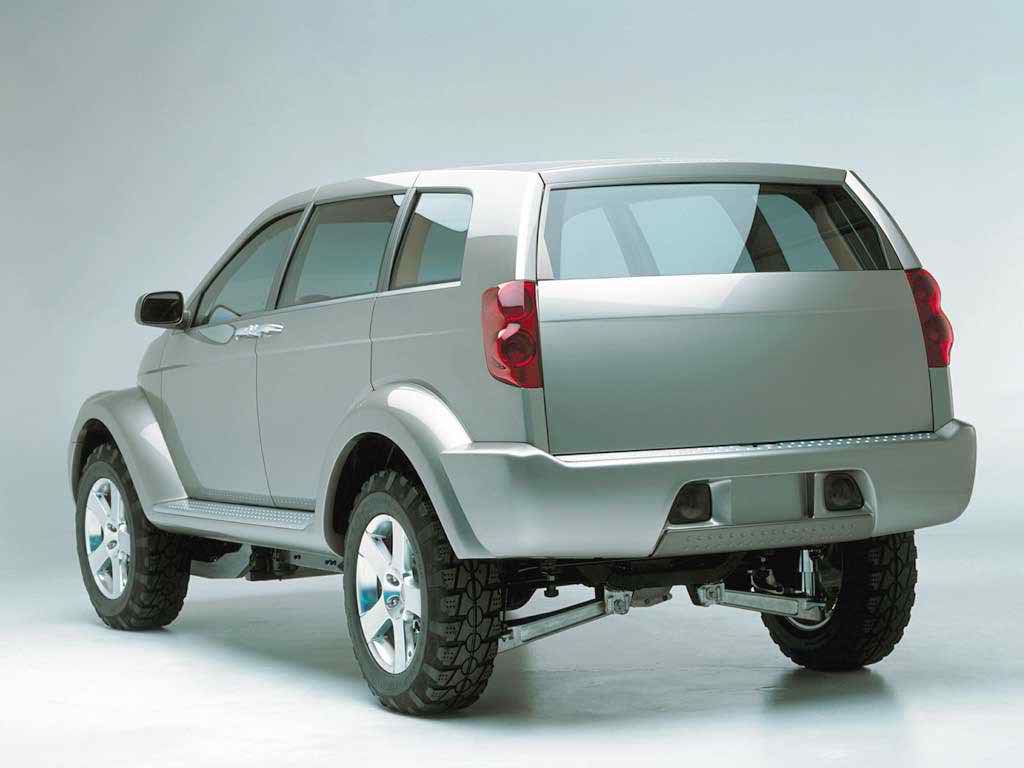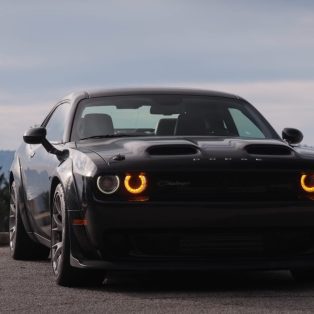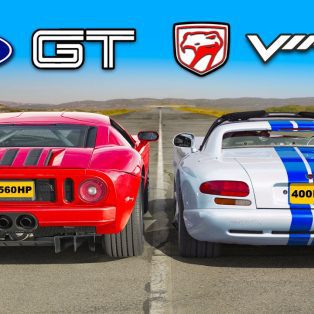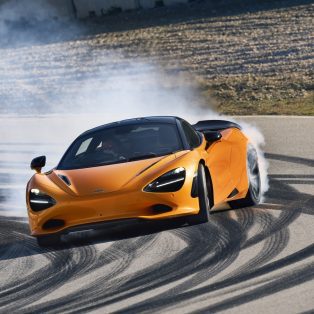2001 Dodge Powerbox Concept
The Dodge PowerBox hybrid concept vehicle combines the brawny looks that have become synonymous with the Dodge brand, with an advanced powertrain that is gentle on the environment.
Unveiled at the 2001 Greater Los Angeles Auto Show, the rugged sport-utility concept provides the performance of a powerful V-8 engine, but achieves 60 percent better fuel efficiency than a comparable SUV, with near zero emissions. The vehicle is powered by a combination of a supercharged V-6 engine that runs on clean compressed natural gas (CNG) and an electric motor that provides added power for acceleration and passing.
Mark Allen, Senior Designer at DaimlerChrysler Corporation, wanted to evolve the muscular all Dodge design he had originally created in the successful 1999 Dodge Power Wagon concept vehicle.
The exterior design elements express the strength of the brand, said Allen. It is instantly recognizable as a Dodge. From its large, separate drop fenders based on the classic 1946 Power Wagon, to the crosshair grille, this truck is bold, powerful and capable. We refer to it as the Dodge DNA.
The Dodge PowerBox has all the performance of a big displacement V-8 engine plus the fuel efficiency of a small, supercharged CNG engine. As a super ultra low-emission vehicle (SULEV), the PowerBox hybrid SUV has a range of more than 350 miles (563 km), triple the mileage of most CNG vehicles and even more than most conventional sedans.
Compared with a conventional Dodge Durango, the PowerBox is projected to achieve 25 mpg (9 liters/100km) resulting in a 60 percent increase in fuel economy without sacrificing horsepower. Off the starting line the PowerBox charges forward from 0-60 mph (97 kph) in about seven seconds, providing performance more in line with a sports car than a utility vehicle.
The importance of applying this fuel-saving hybrid technology in the increasingly popular SUV segment solves the dilemma of having to choose between performance, utility and fuel efficiency. With the PowerBox, owners can have it all.
PowerBox’s hybrid powertrain draws power from two different sources. A supercharged 2.7-liter, V-6 engine with automatic transmission drives the rear wheels, while a Siemens Automotive electric motor provides additional power to the front wheels. The V-6 engine is fueled by CNG and generates 250 horsepower (187 kW) while the electric motor adds another 70 horsepower (52 kW). The electric motor assists the CNG engine during acceleration and recaptures energy normally lost during deceleration. The engine and electric motor are not coupled in any way, connecting only through the road, hence the name for the patented technology.
Another technological highlight is the PowerBox’s body construction, which consists of a lightweight recyclable thermoplastic. This injection molded body technology has been demonstrated most recently in the Dodge ESX3 and the Jeep® Commander 2.
Wide-open spaces are a dominant theme throughout the Dodge PowerBox’s interior. With seating eight passengers, it offers 24 percent more interior space than the conventional Durango that seats seven. Additionally, backseats fold down flush with the rear cargo floor for increased space and cargo hauling capability. With rear seats folded flat, the overall cargo length is seven feet (2.44 m), one foot more than in the Durango. While extremely roomy inside, with a width of 77 inches (1956 mm) and a wheelbase of 125 inches (3175 mm), overall length is only one inch (25.4 mm) greater than that of the Durango.
Dodge PowerBox stands as a pyramid of strength, a substantial SUV with power and presence yet, more gentle on the environment than any competitor in its class, said Allen.
Story by DaimerChrysler, Edited by Supercars.net
In Detail
| engine | V6 |
| aspiration | Supercharged |
| power | 186.4 kw / 250.0 bhp |
| bhp/weight | bhp per tonne |
| driven wheels | AWD |
| front tires | LT255/70R-10 |
| rear tires | LT255/70R-10 |
| f brake size | mm / in |
| r brake size | mm / in |
| front wheels | F 50.8 x 20.3 cm / 20.0 x 8.0 in |
| rear wheels | R 50.8 x 20.3 cm / 20.0 x 8.0 in |
| curb weight | 1814 kg / 3999 lbs |
| wheelbase | 3175 mm / 125.0 in |
| front track | 1727 mm / 68.0 in |
| rear track | 1732 mm / 68.2 in |
| length | 4993 mm / 196.6 in |
| width | 1956 mm / 77.0 in |
| height | 1869 mm / 73.6 in |
| transmission | 4-Speed Auto |
| gear ratios | :1 |
| top speed | ~193.1 kph / 120.0 mph |
| 0 – 60 mph | ~7.0 seconds |





